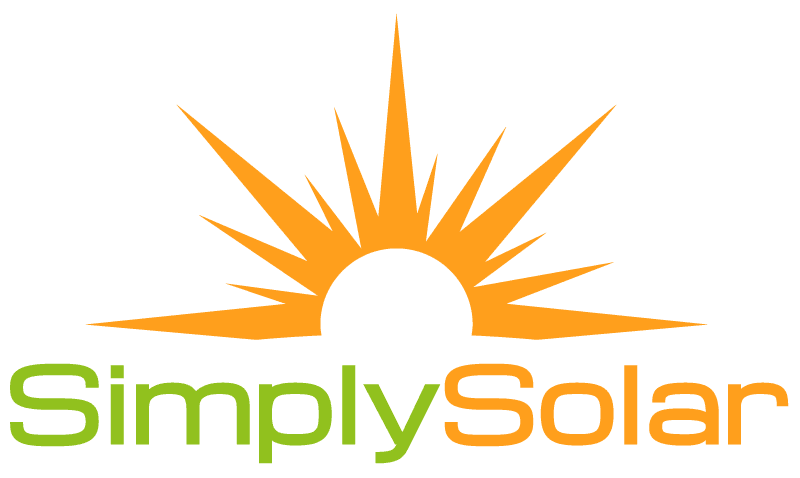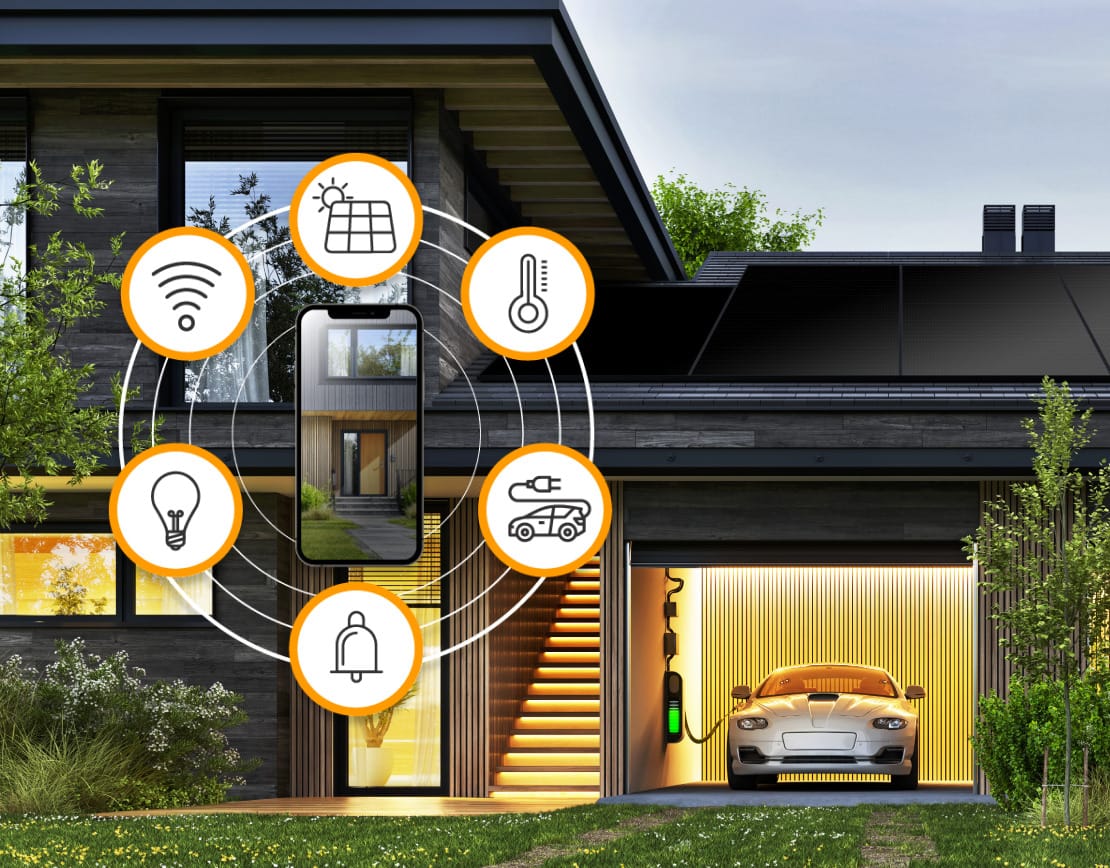Unfortunately, just because you install solar panels does not mean you are free to plug in every appliance in your home because you’re collecting “free” energy from the sun. When a trusted solar installer assesses your needs and sizes your solar system, they take into account your current and what your future energy use will be, so you are sized with a system that meets your needs.
Any change in your home’s residents (i.e., more people living in your home) will dramatically impact your energy usage. If you plan on having someone move into your home in the near future, it is important to let your solar consultant know. Typical kWH usage per person in a home is 250kW-300kW hours per month. The more people living in your home, the more solar panels you will need.
If you add new or large electrical devices to your solar system, this will also affect your usage. Some high impact devices include AC units, hot tubs, and small space heaters used to heat single rooms.
To help monitor your usage, Simply Solar can provide an energy audit by using an amp meter to assess where the additional kW usage is coming from. We also have helpful tips for reducing your energy usage before and after solar installation.
Continue to be vigilant and energy savvy. Be sure you understand your solar output, use energy-efficient light bulbs and appliances, turn off the lights, unplug unused appliances, and be cognizant of your energy usage on a daily basis.



